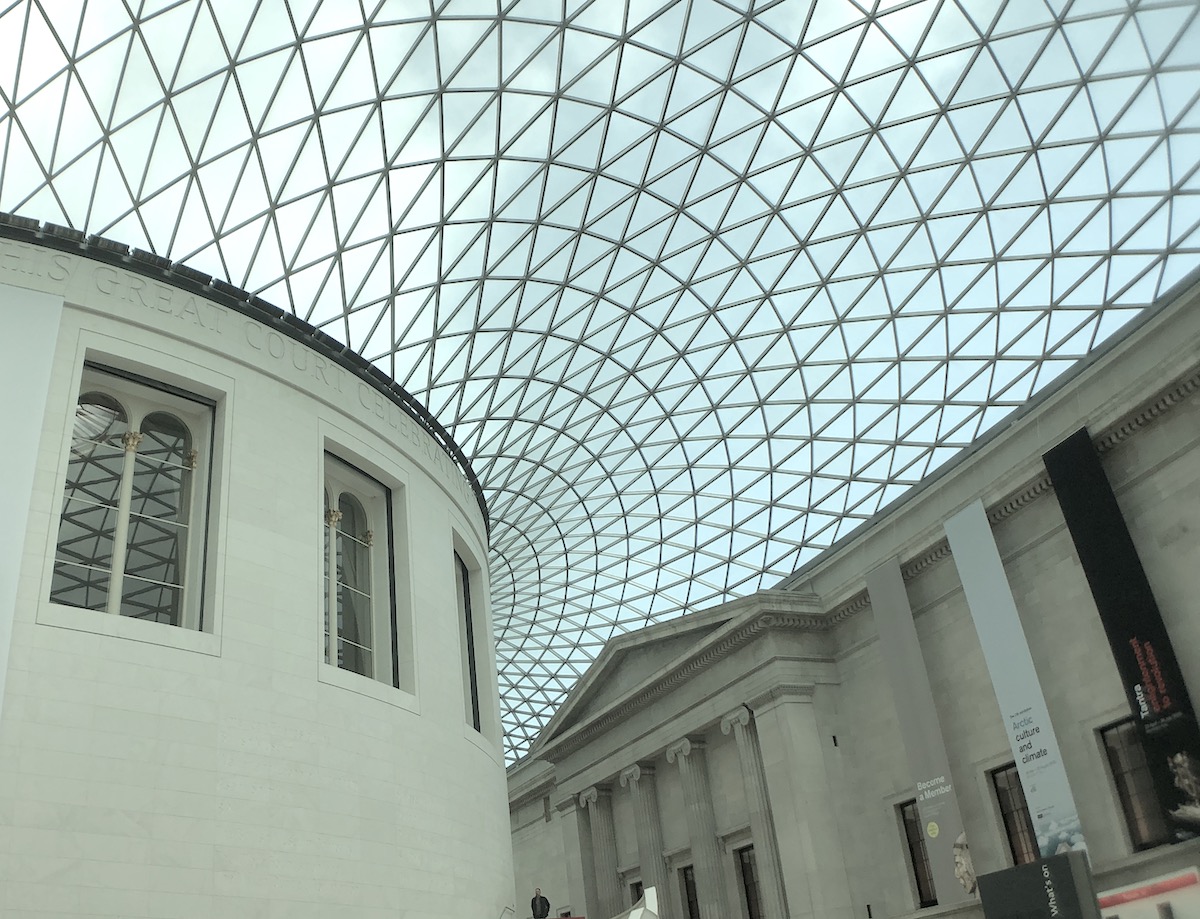The British Museum is grappling with an internal crisis due to the loss and damage of approximately 2,000 artefacts, including valuable Roman gems. Senior curator Peter Higgs remains the only suspect in the case.
Higgs’s non-cooperation has hindered the institution’s attempts to address the matter, exacerbating concerns about accountability within the revered cultural institution.
Mr Higgs, accused of stealing artefacts over three decades, has allegedly pocketed £100,000 from selling items taken from the museum’s store rooms. The artefacts, some of which were sold on eBay for nominal amounts, were never catalogued by the museum, making it challenging to ascertain their actual value. Despite repeated attempts to contact Higgs, he has not responded to inquiries, maintaining his innocence, as asserted by his family.
In response to the internal theft scandal, an external review was conducted by former British Museum board member Sir Nigel Boardman, Chief Constable of British Transport Police Lucy D’Orsi, and Deputy High Court Judge Ian Karet. The 30-page review, partially disclosed due to security concerns and an ongoing police investigation, outlined 36 recommendations to safeguard the collection and address management shortcomings.
The recommendations emphasise identifying unregistered artefacts, conducting more frequent and extensive inventory checks, and adopting a modern and inclusive management approach. The British Museum’s trustees have accepted all recommendations, committing to enhancing transparency and accountability and protecting their invaluable collection.
Museum chairman George Osborne acknowledged the severity of the situation, categorising the theft as an “inside job.” Despite the challenges posed by the lack of cooperation from Higgs, the museum aims to learn from the incident, strengthen its security protocols, and regain public trust.
The museum’s shortcomings came to light when antiquities dealer Ittai Gradel alerted management to the thief’s activities in February 2021. Gradel, who had seen ancient artefacts belonging to the museum for sale on eBay, criticised the inadequate investigation prompted by deputy director Jonathan Williams at the time. The lapse in addressing Gradel’s warnings underscored systemic issues within the institution.
An unconnected spot check in 2021 revealed a missing item, prompting a deeper investigation into the extent of the thefts and damage. The revelations led to the resignation of the museum’s director, Hartwig Fischer, in August 2023.
The ongoing investigation involves the Metropolitan Police interviewing a suspect under caution in August. Despite Higgs’s non-cooperation, the museum has made strides in recovering stolen items, with Gradel playing a crucial role in tracking down dealers and collectors worldwide. Of the 651 identified items, 351 have already been returned, with Gradel responsible for returning 350 items.
The recommendations from the external review address critical issues such as accountability, proper enforcement of rules, and enhanced follow-up procedures for internal investigations. The British Museum aims to emerge from this crisis as a more transparent, self-confident institution, prioritising safeguarding its culturally significant collection.
As the museum grapples with the fallout from the internal theft scandal, questions linger about the efficacy of its leadership, particularly regarding Jonathan Williams, who voluntarily stepped back from his duties during the investigation and has now resigned. The museum’s commitment to implementing the review’s recommendations will be closely monitored, with public scrutiny heightening expectations for a thorough and accountable response to this significant breach of trust.
Top Photo: PC Robinson © Artlyst 2023

